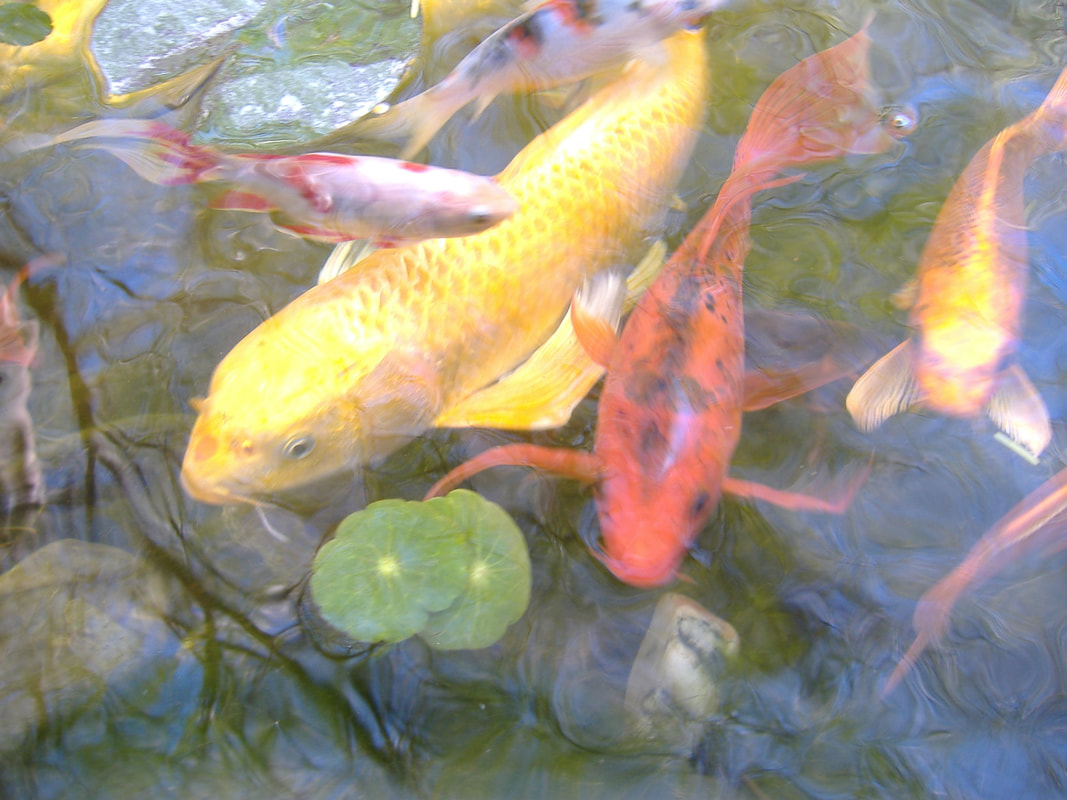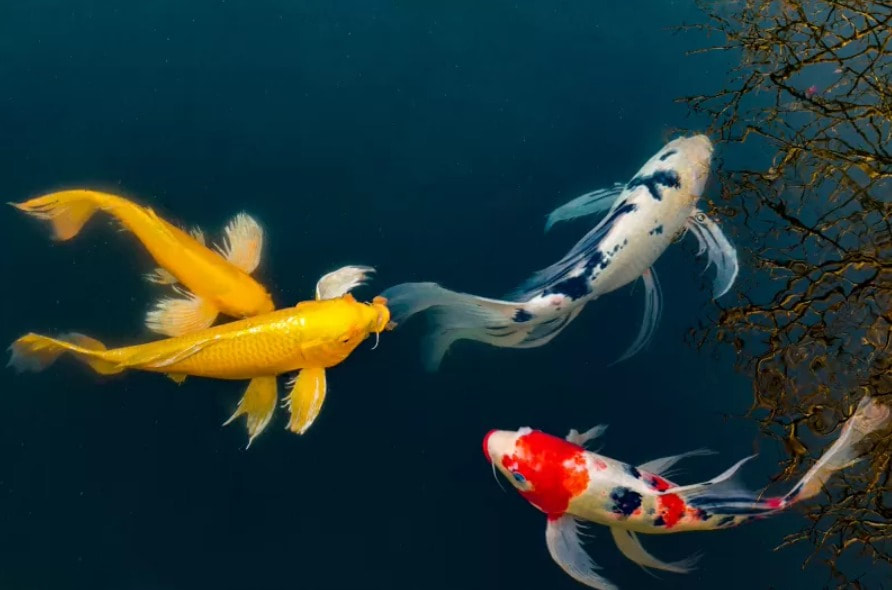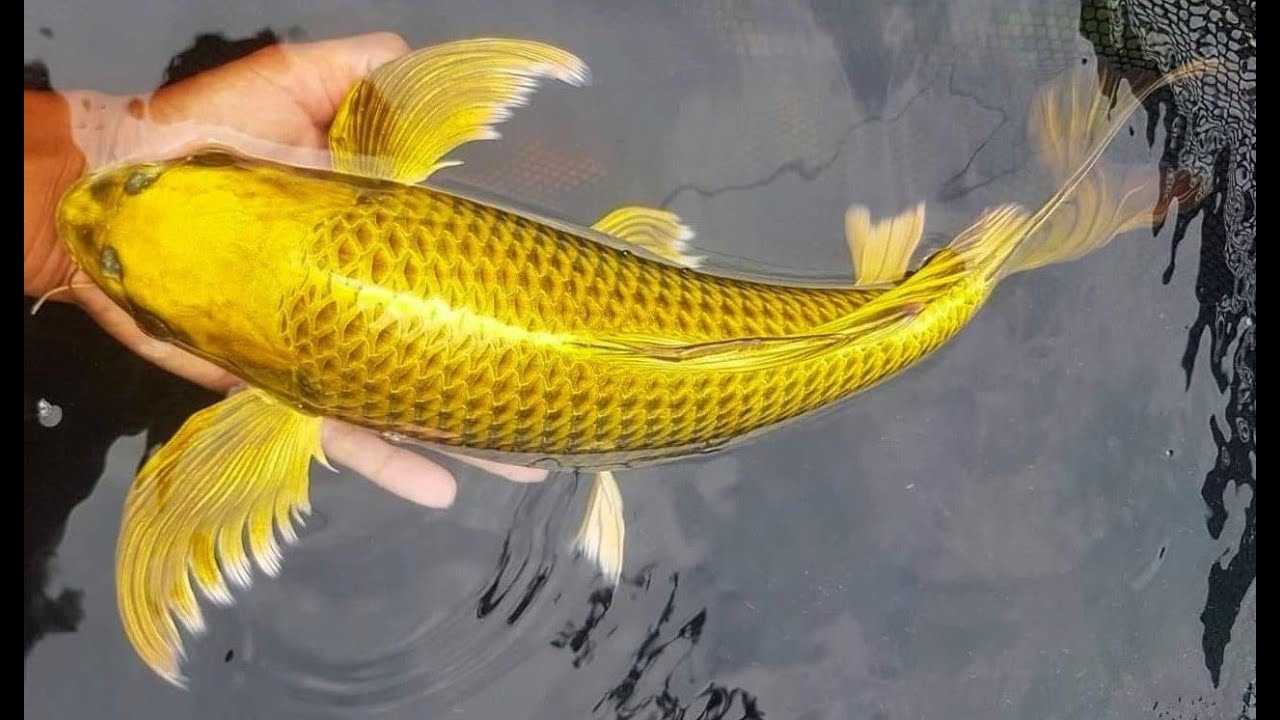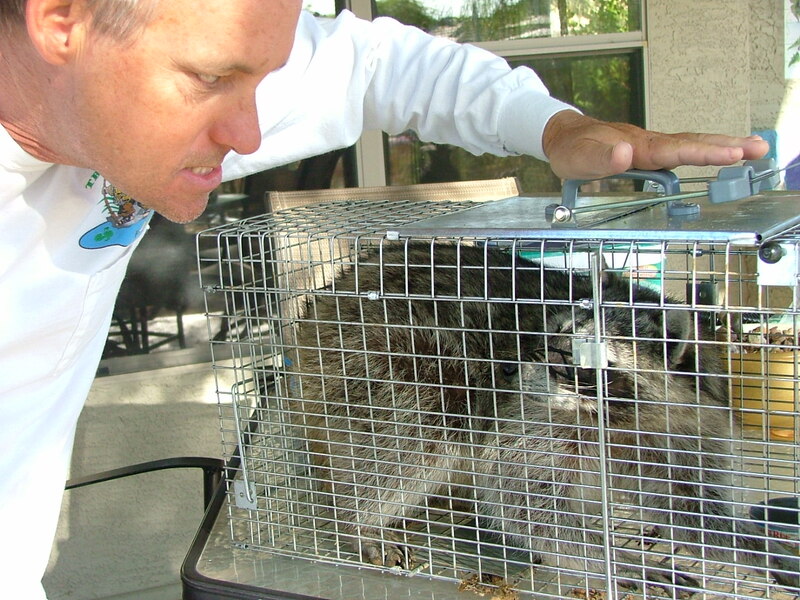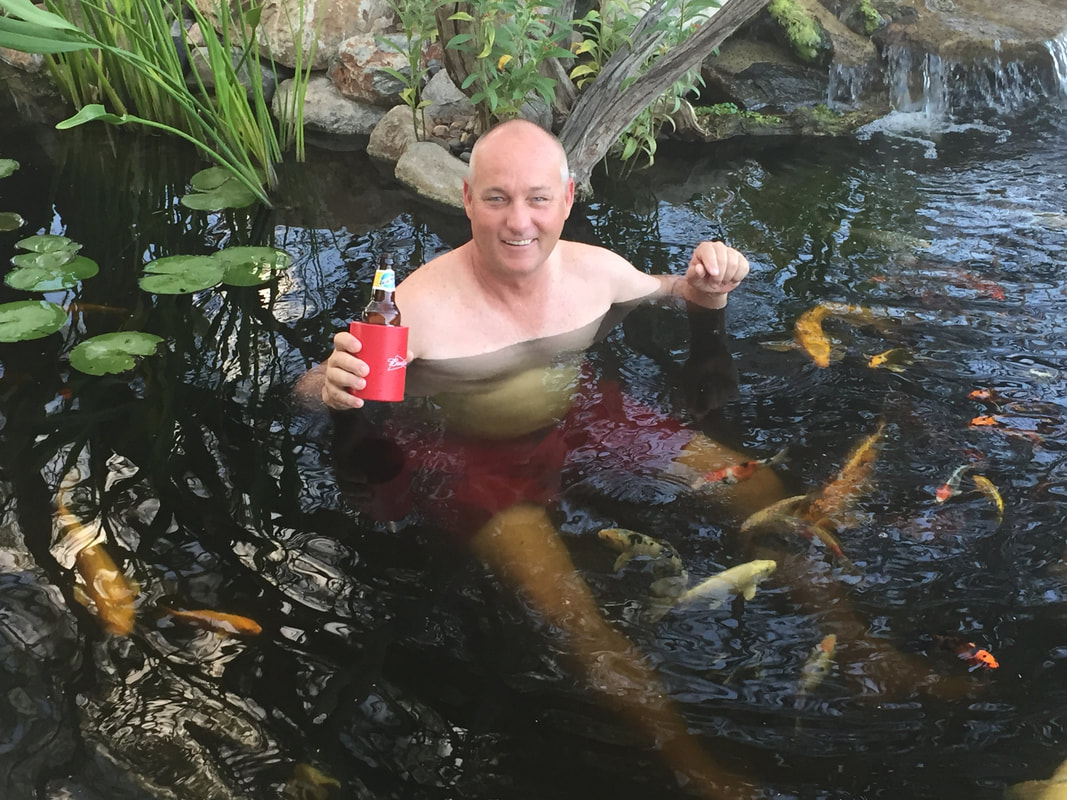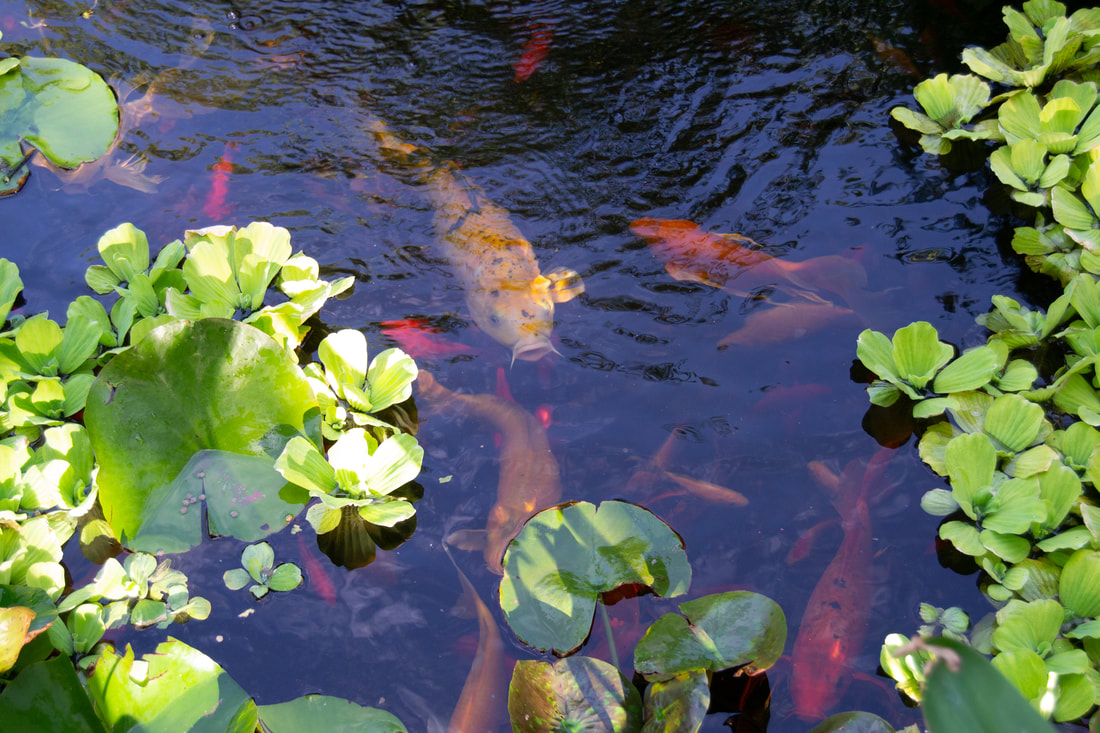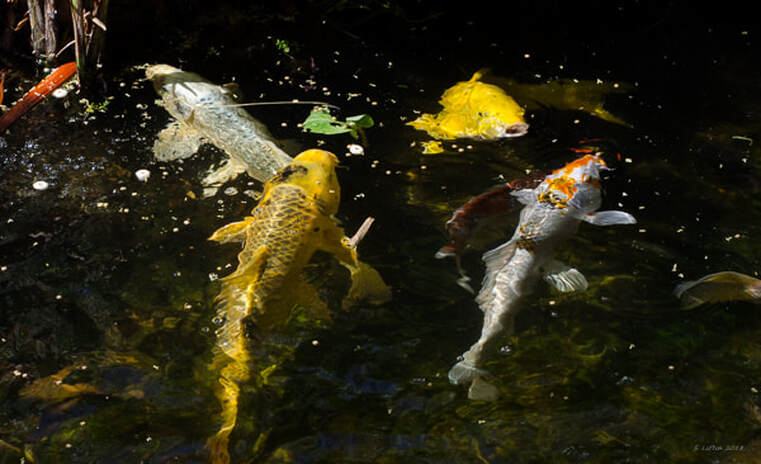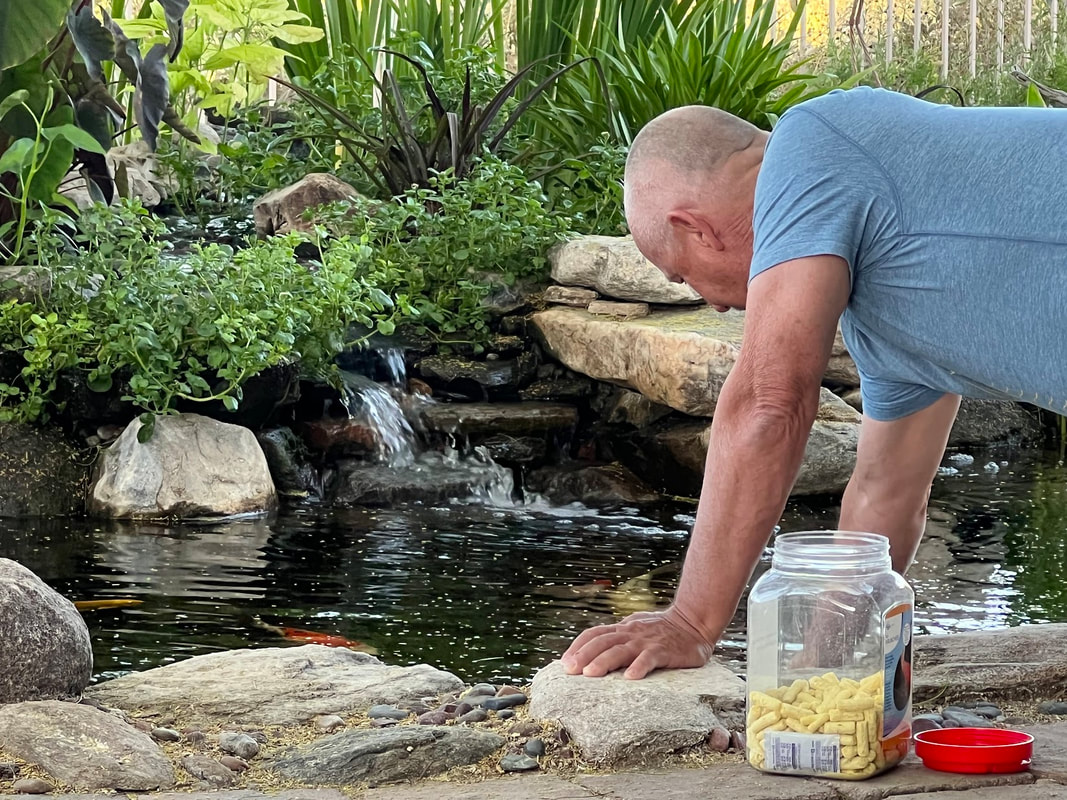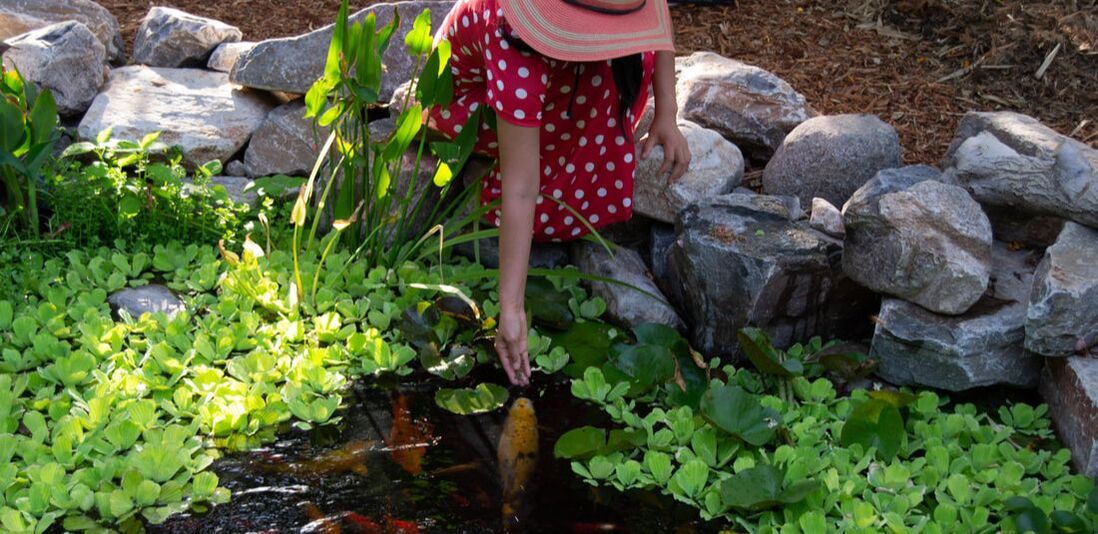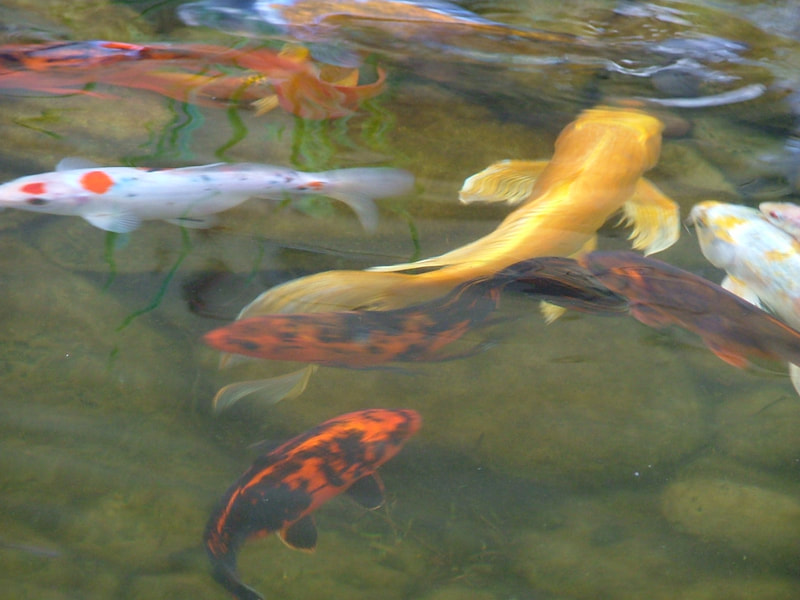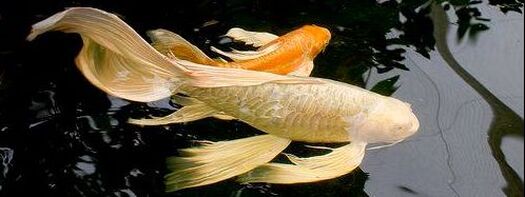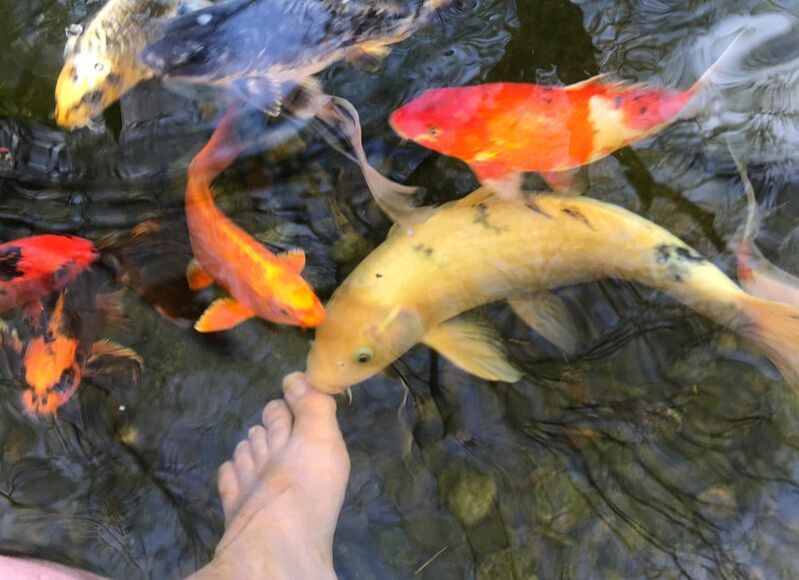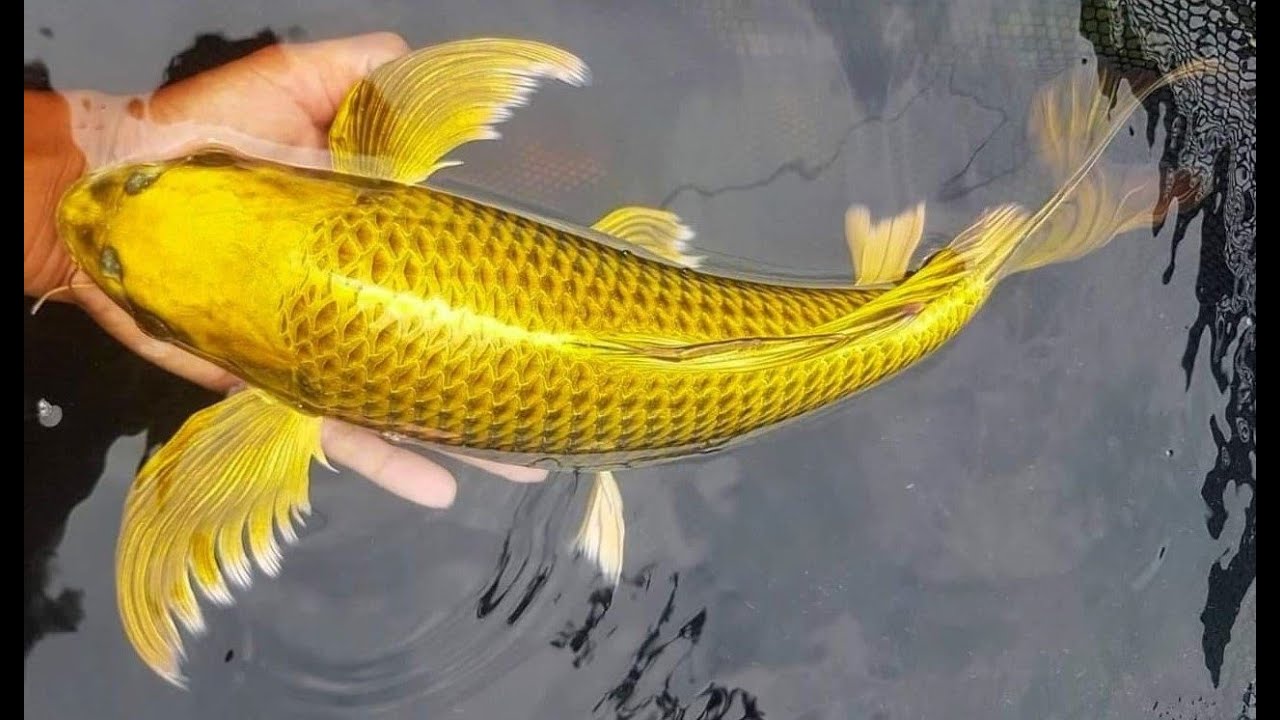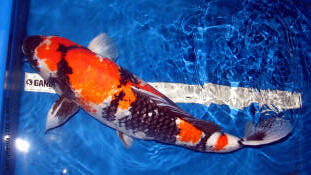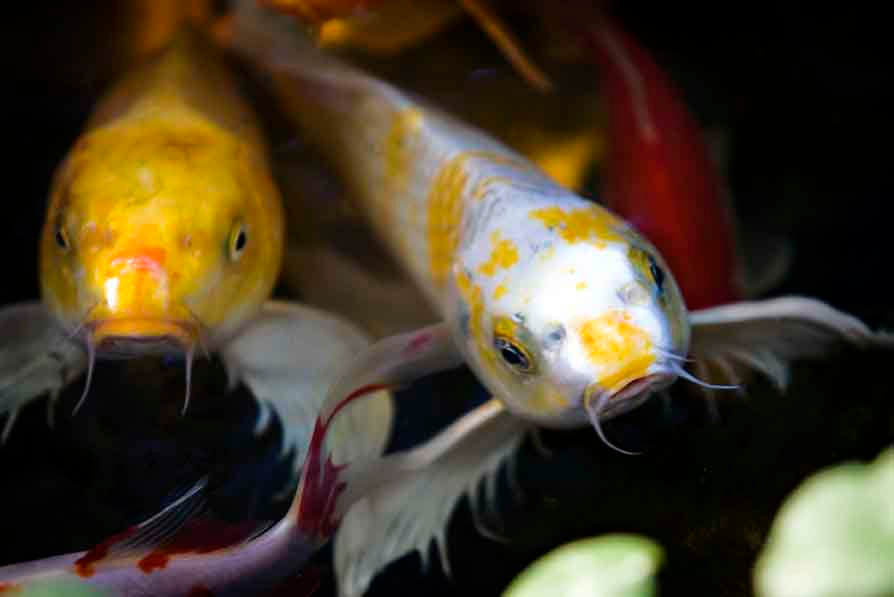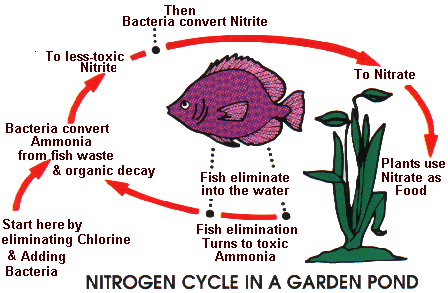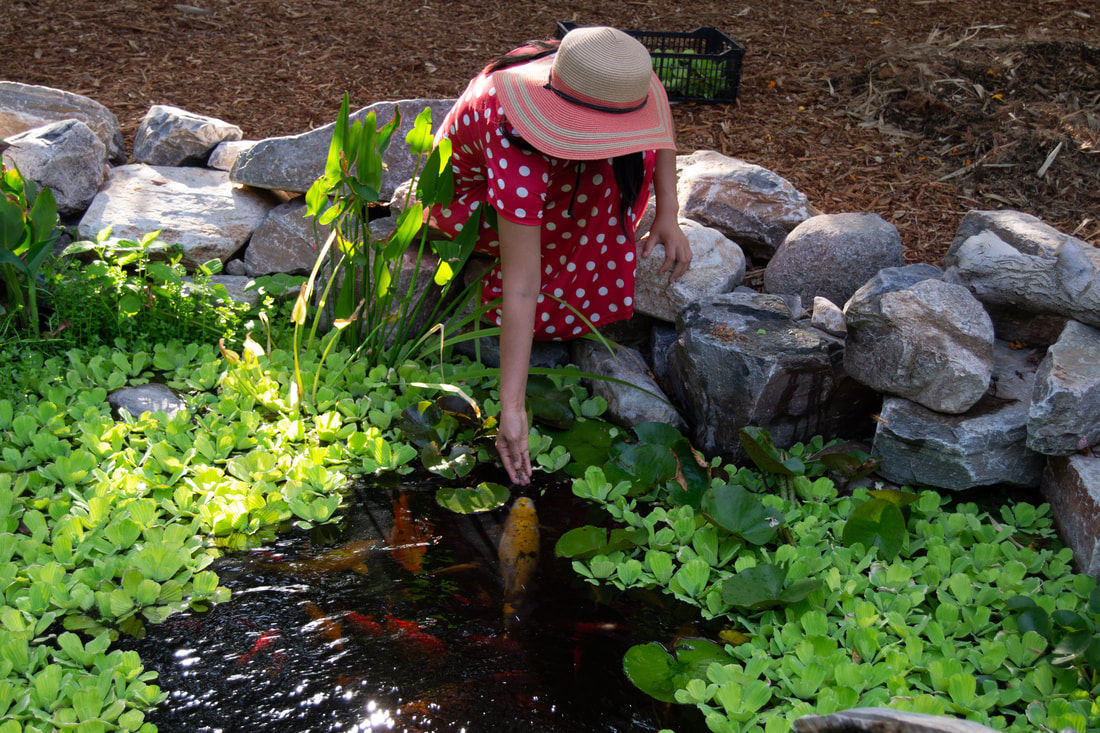A STRANGE FOAM IN THE PONDAn elderly client called one day concerned that there was a bunch of foam in her pond that wasn't there the day before. She described it, and is asked if it smells a bit like the ocean. She takes a big whiff and says that it does indeed! Trying to be delicate, in consideration of her age and sensibilities, it's explained to her that it's simply excess proteins in the water and told that it will dissipate in a day or two. She questions the assessment and doesn't understand what that means. So, she's told point blank that it's sperm. She gasps and, after a moment of complete silence, declares: "What kind of sick SOB would climb into my backyard and do that in my pond?!?!" After it was explained that it was merely fish sperm from spawning activities, she was relieved and felt much better. Everyone had a good laugh. So, if you notice an odd foaming in your pond, and it has a funny ocean-like smell, that means your fish are happy and gettin' busy. WHY ARE MY FISH FIGHTING?Along with the foam, you might also notice that your Koi are traveling around in a pack, and maybe it even looks like they're picking on one particular fish. Fish spawning is a rough activity. The boys must beat the eggs out of the female in order to fertilize them. If this doesn't happen, the female could have health issues resulting from not being able to release the roe. In rare occurrences, if you have too many male fish and not enough female fish, the males could damage or even kill the female during this activity. OTHER POSTS THAT MIGHT INTEREST YOU: Whether you’re new to koi ponds, or have enjoyed a pond for several years, you’ll want to know about three basic rules that will help you create and maintain a healthy habitat for your finned friends. We want fish to be happy and your water gardening experience to be as enjoyable as possible. Once you become familiar with your fish and their basic needs, you’ll be well on your way to enjoying the full benefits of living with a pond. 1. Fish Need Clean WaterYour pond water should always be clean-smelling and have good clarity. On occasion, the water might be green due to suspended algae, or slightly brown due to tannins. Algae is expected in the spring when the plants haven’t yet reached maturity for the season (the first weed in the garden, so to speak. Once the plants begin their aggressive growth, they consume more nutrients from the water effectively starving out the algae. Ponds in sunny locations experience higher algae growth, but this can be alleviated by shading the pond surface with waterlilies. Keep in mind, algae isn’t necessarily a bad thing. Your pond fish will graze on that algae so it’s good to have a little of the green stuff. It’s actually also part of your water filtration system to keep the water itself gin-clear. Too much algae can become unsightly but can be controlled with various water treatments or by hand-weeding it out. If you’re going to keep fish, it’s imperative that your pond have proper filtration. A mechanical skimmer is your first line of defense for removing unwanted debris such as leaves and twigs from the surface of the water. If left to decay, organic material can cause a host of water quality issues. The skimmer also houses the pump which circulates the water and helps to aerate the pond. A biological filter is positioned opposite the skimmer to create the beginning of a waterfall. This filter uses bacteria to break down pond waste, converting it into less harmful compounds that can act as aquatic plant fertilizers. 2. Maintain a Healthy PopulationOne secret to making sure your pond water remains balanced and healthy, is to control your fish population. Sure, it’s tempting to add lots of colorful koi and pond fish to your water garden, but you want to avoid overcrowding. Too many fish create excess waste in the pond water, which in turn can cause water quality issues. As a general rule of thumb, pond fish need 10 gallons of water for every inch of their length. So a 10-inch long fish needs 100 gallons. If you have five 10-inch-long fish, your water garden should have at least 500 gallons of water. Keep in mind that your fish are going to grow so be sure to understock your pond in the beginning. 3. Feed Your Fish AppropriatelyKoi and other pond fish will feed on natural sources such as algae and wayward insects, but they’ll benefit from a quality fish food. Just like other pet foods, not all fish food is created equal. You want to look for food that contains high-quality protein along with stabilized multivitamins and probiotics. Only feed your fish what they can consume in about three to five minutes. In the summer you can feed them twice per day, but in spring and fall (when the water temperature isn’t as warm) you should only feed them once per day. Be sure not to feed the fish at all after your pond water temperature is below 50 degrees Fahrenheit. You can, however, give them natural treats (fruits, vegetables, and even Cheerios) year-round. Following these three basic rules for keeping koi and pond fish will help ensure that your finned friends have a solid foundation to grow and thrive. You’ll enjoy hours of watching your colorful koi and goldfish swim around the pond, gliding here and there beneath the waterlily pads. It’s a great stress reliever and a perfect activity to enjoy a bit of nature in your own backyard with the family. OTHER POSTS YOU MIGHT ENJOY: Buying new pond fish for your water garden is a fun and rewarding experience that typically happens in the spring thru early fall here in Phoenix. Although you’re excited to add finned friends to your pond, be sure to ask yourself the following questions when you’re at the pet shop:
Whatever type fish you choose to add to your pond, first and foremost you want to make sure they’re healthy. Don’t be shy about asking a few questions. In the end, you’ll be glad you took the time to purchase the right pond fish for your water feature. OTHER POSTS YOU MIGHT ENJOY: You may have wondered if your pond fish sleep, or whether they have teeth. You might also contemplate why fish smell or how much koi cost. We've answered a few questions in this blog about koi: weird stuff you may have never pondered before, or maybe you have... Do koi have teeth?Koi encounter a lot of crunchy stuff as they sift through the mud and gravel on the bottom of a pond. An examination of the contents of the stomachs of wild carp reveals a mixture of plant and animal material, particularly crushed crayfish, snails, and worms. For this, koi need teeth to break up the food. They do indeed have rather large teeth located at the back of the throat behind their gill arches. The teeth are so far back that it would be difficult to reach, even if you stuck your finger in the mouth of a large koi. They don’t use their teeth aggressively or defensively, so you’re safe teaching them how to eat from your hand. Their teeth are used to smash the food items against a boney palate on the upper surface of the throat area. The teeth of koi come in three pairs, and they constantly develop and shed the crowns. You might be surprised to find these white, calcium rich crowns in the skimmer of your pond! The koi teeth look much like the molars of mammals such as cows and people. Do pond fish sleep?Fish do sleep, but not in the same manner as humans. Fish don’t have eyelids, so they can’t close their eyes. Instead, fish catch periods of rest by floating in one place or nestling into a cozy spot at the bottom of your pond. If you watch your fish quite a bit, you might have noticed this behavior from time to time. How can I tell if my koi are stressed?Koi show stress by blushing red in their fins and on their bodies. This is caused by a stressful environment, such as poor water quality. It’s their way of showing you that something is wrong. Why do fish smell?Fish smell strongly because of amino acids in their secretions and tissues, which is rich in sulfur and very unstable once the fish dies. The amino acids break down quickly into volatile amines like ethylamine, which conveys a strong odor. When you get fish slime on your hands, it begins to decay almost immediately. That’s when you smell ethylamine. Your nose is keen to pick up these unpleasant amines and it typically means that something is spoiled and unfit to eat. How many times can pond fish reproduce?Koi and goldfish can reproduce twice in one year. Normally, a koi or goldfish spawns once per year, but there are situations where koi or goldfish may spawn in the spring and then again in the fall if the temperature is unseasonably warm. Goldfish are more likely than koi to have two spawns per year. How expensive are koi?In rare instances, some koi have sold for over one million dollars! Many show koi are sold for five figures. A koi’s value is related to the rarity of its pattern, and this is determined by the intensity of its colors and the pattern in which those colors occur. The rarer the fish’s finery, the more the fish is worth. Ultimately, a koi is only worth what someone is willing to pay for it. Are fish diseases contagious to humans?There are a few diseases of pond fish which can be transmitted to a human who has an open wound exposed to the water. Various bacteria from koi are also infectious to humans and can be contracted via open wounds. So, the moral of the story is to keep any open wounds clear of the pond water. Is the correct term for a pregnant goldfish “twit”?The answer is yes! Over the last 40 years, in Australia and sometimes England, one common reference word for a gravid female goldfish has been some variant of the term “twit” or “twerp.” The proper term for a pregnant female fish is “gravid” with “twit” being the slang version. If you keep koi or goldfish in the dark, will they eventually turn white?A lot of young goldfish that start out orange or red will naturally turn white, even if kept in full sun. An example of this is the red cap oranda, which almost always turns pure white. Some fish will lose all their red, simply due to significant stress. Any fish kept away from full sunlight, will become paler in color. “A red fish will usually turn orange or even a brassy yellow without sunlight,” Fish expert Doc Johnson says. “Kept in the dark, the effect would be more significant. However, the fish would not turn white just because it was kept in the dark.” Do goldfish really have a three-second memory?Despite this popular belief, most studies have found the concept of fish having a three-second memory to be a myth. On the contrary, their memories can last as long as three months! Veterinarian Dr. Richmond Loh used levers to train goldfish how to get food, and they remembered these lessons for several months without reinforcement. There is also a man who trains a goldfish to do various tricks. Although they are easy and quick to train, the fish do not remember their routine for very long. Because they can only be trained when hungry, most training sessions are about 15 minutes long, up to twice per day. The talented goldfish wouldn’t remember the order of its routine from day to day, but when rewarded for certain behaviors, it could be trained to put on a 15-minute show with little more than finger cues and food as a reward. Other beliefs about koiThere are a few other beliefs about koi that are not scientifically proven to be true but would appear to hold merit based on the frequency of occurrence. For example, the more a fish costs, the more likely it is to become sick and possibly die, no matter how well you care for it. Of course, this is probably just Murphy’s Law. And then there’s the old tale that naming your fish will surely increase its odds of developing an illness or becoming prey to predators. It’s quite common to hear a pond owner warn against naming koi. They’ll be able to back up that claim with story after story. At the end of the day, pond fish are a joy to keep. And like anything else, the more you become familiar with fish care, the more you’ll succeed. For more information on Koi, check out Doctor Eric Johnson on other interesting questions about koi and goldfish. You might be surprised to find what you learn! OTHER POSTS YOU MIGHT ENJOY: Did you know that fish possess body language? If you familiarize yourself with the good body language in fish, you’ll be able to also recognize bad fish body language. Then you’ll be able to diagnose and treat your fish before any illness or situation becomes too severe. Let’s first take a look at good body language in your pond fish:
Some examples of bad fish body language include:
Loss of appetiteWhen fish lose their appetite, numerous possibilities loom but without any additional symptoms, you could suspect some deterioration in water quality. In particular, warm water with low oxygen adversely affects fish appetites, which you’ll typically see during the hottest summer months. In ponds that are more than four feet deep and without water movement in the deeper areas, the oxygen levels sag, which can result in suffering fish. In either situation, adding an aerator to boost oxygen levels in the pond could be a simple fix. Fish may also lose their appetite if nitrogen is imbalanced. When the nitrate levels climb in established ponds, fish will lose their appetite. A quick water test will let you know if nitrate is to blame. If nitrate is ruled out, then it could be a parasite problem. You’ll also notice a loss in appetite when the pond water temperature falls below 68 degrees Fahrenheit, which is normal. Clamped finsWhen fish hold their fins close to their body, it’s a symptom of illness. Poor water quality and parasites are the likely culprits. Fish with clamped fins look like a fish with only a tail because all the other fins are pulled in close to the body. The fish may just rest on the bottom of the pond with its fins clamped. An assessment of water quality is the place to start. If nothing is found, the fish likely has a parasite that needs to be addressed (see how to identify and treat fish parasites). Resting on the bottomA common sign of illness is when the fish rests on the bottom of the pond. The most common cause of this bad fish body language is high water temperatures, high nitrates, and low oxygen levels. Parasites could also be the cause. Test the water, and if nothing is found, you’ve probably got a parasite issue. Laying on the bottomThis behavior is slightly different because the fish will lay on the bottom of the pond on its side. This is a sign of severe, life-threatening stress. Usually, very cold water is the cause of this bad body language. Water quality and overwhelming parasitism can also cause this. Stiff swimming with clamped finsStiff swimming is a serious sign in fish and almost always points to poor water quality, but the most common cause is parasitism, which is then swinging into a full-blown bacterial infection. Start by testing the water, and if nothing is found, a biopsy can be conducted to confirm the presence of parasites. You can also closely check the gills of your fish for signs of bacterial infection. Piping at the pond surfaceWhen fish are gasping at the surface of the pond, it’s highly illustrative of two things. Either the pond water doesn’t have enough oxygen in it, or the fish can’t get that oxygen because its gills are being wrecked by something. Adding an aerator typically alleviates this problem but if it doesn’t, you likely have a parasite problem. Less active or floating in waterLess activity isn’t necessarily a sign of illness, but you’ll want to keep some things in mind. Low oxygen levels can cause the fish to resist higher activity and foraging behaviors. This would be especially true if the listless less active fish are the larger ones whose oxygen demand is higher. Warm water carries less oxygen and if the pond is warm and there’s minimal water turnover from a waterfall or aerator, this could be a contributor. Adding a pond aerator will remedy this problem within four to six hours. If the fish becomes actively engaged again, you’ve solved the problem. If not, suspect the presence of a parasite. Flashing behaviorFlashing, or scratching, is bad body language when it’s common among your fish. It’s not uncommon to see a fish flash or scratch on the pond bottom of other submerged ornamentation. This isn’t considered a problem. However, if you see many fish scratching or flashing every hour, that would be bad body language and considered a problem. Flashing can be caused by several things, but your main suspects are the pH level of the pond or a parasite. Once you become familiar with good and bad body language in your pond fish, you’ll be better equipped to remedy any negative situation and provide them with a healthy, happy home. OTHER POSTS YOU MIGHT ENJOY: |
The Pond Gnome offers Pond Design, Pond Construction, Pond Maintenance, Pond Remodeling, Pond Replacement, and Pond Cleaning Services for the Greater Phoenix Metropolitan area, including the cities of Phoenix, Scottsdale, Paradise Valley, Carefree, Cave Creek, Glendale, Peoria, Sun City, and other surrounding communities.
Our Services |
Company |
|

